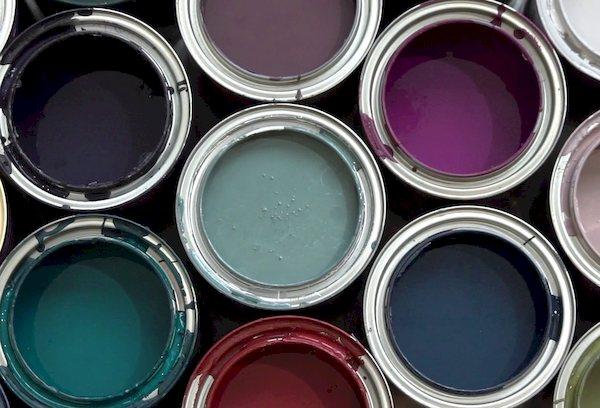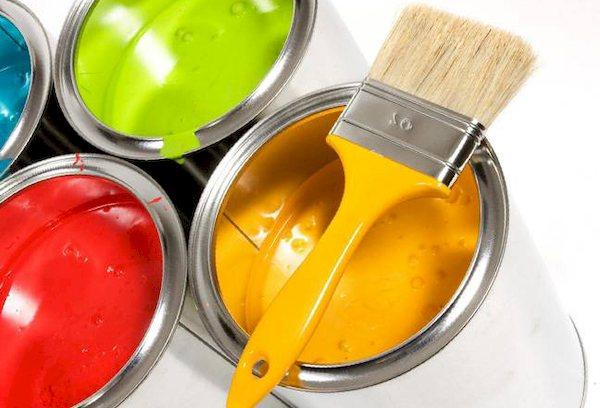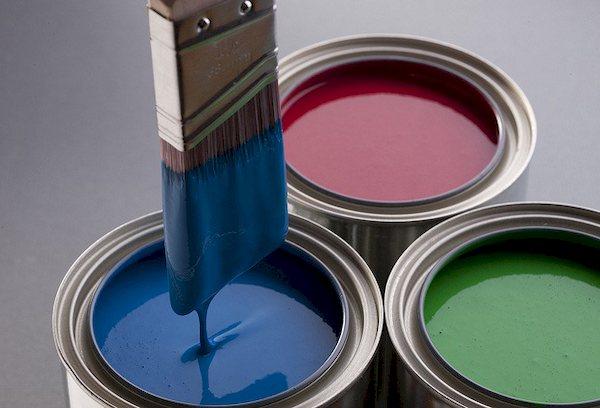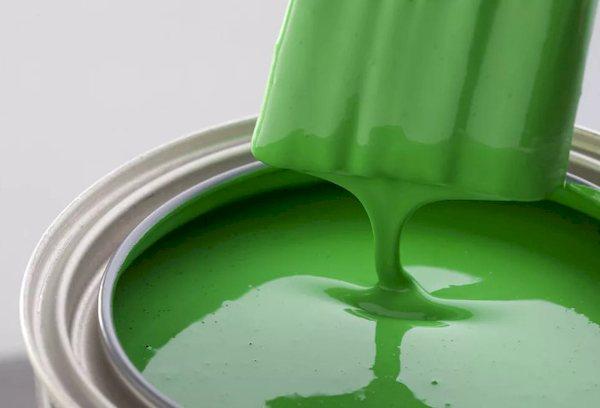What is the difference between enamel and paint?
The modern market for finishing materials offers a huge range of paints and varnishes that have similar properties and characteristics. And it is difficult for the consumer to understand the difference between enamel and paint. The situation is complicated by the fact that there is no clear distinction between them, but the first goes on sale as a separate type of product with appropriate labeling. However, with a detailed study, you can see the difference - it lies in the features of the composition, the nuances of application and performance characteristics.
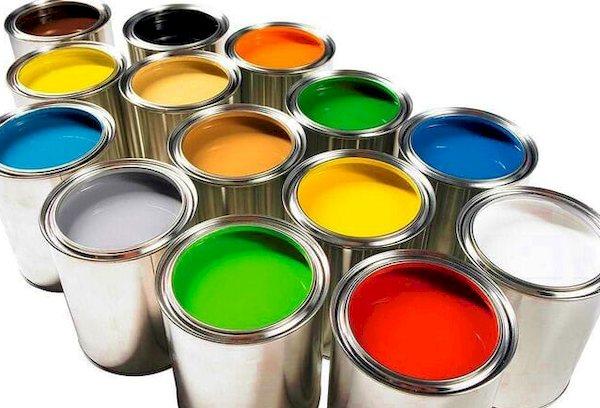
How to distinguish enamel from paint
In a broad sense, any paint is a composition with which you can give a surface a certain color. But in the repair and construction industry, this term, as a rule, means water-dispersion, powder and oil mixtures made on the basis of drying oil or oils.
Enamel in the original meaning of the word is not paint. This is a thin glassy coating for metal obtained by high-temperature processing. But enamel paint refers to one of the types of paints and varnishes. But in everyday life, the name of the product is often shortened and this type of paint and varnish is called enamel.
Both regular and enamel paints are used not only for decorative, but also for protective purposes. The compositions help reduce the negative effects on the surface of moisture, UV rays and temperature changes.
Both types of coatings must meet the following requirements:
- completely cover the original color of the processed material;
- ensure good adhesion to the surface;
- after drying, do not release toxic compounds;
- have protective properties and resistance to mechanical damage.
Another similarity between paints and enamels is that both types are divided into categories depending on the surface they are intended for processing. Both one and the second composition can be used for wood, metal, concrete, etc.
Enamel differs from paint in the following characteristics:
- Compound. The basis of the enamel is a varnish in which coloring particles, fillers and targeted additives are distributed. Paint is a mixture of pigments, fillers, additives and oily substances (oils, drying oils, etc.).
- Purpose. Due to the fact that enamel forms a thin, glossy layer, it is often used for decorative finishing. Paints help give the surface a rich shade, and are laid down in a denser layer, which allows you to reliably protect the treated material from scratches and other damage.
- Features of use. For ease of application, oil paints must be diluted with drying oil, and enamels with a regular solvent.
- Coating density. Both products form a homogeneous opaque film. But the enamel layer is harder and more elastic.
- Resistance to moisture and temperature changes. In this regard, enamel wins; it is less susceptible to destruction when exposed to negative factors.
- Ability to retain color. The enamels do not fade, and even under the scorching rays of the sun they “hold” their rich shade for a long time. Paints are more sensitive to ultraviolet radiation, and the layer will have to be renewed more often.
- Price.The cost of coatings largely depends on the manufacturer, region of distribution, product quality and other criteria. But, as a rule, enamels are more expensive.
And also enamel paints, unlike oil paints, are presented in a wider range of colors and shades, which allows you to make the decor more varied and interesting.
Enamel
Enamel paints create a hard, often glossy, coating similar to classic enamel. Depending on the characteristics of the composition, they are divided into varieties, the difference between which lies in the nuances of use, wear resistance and other characteristics.
So, enamel paints are of the following types:
- Alkyd. They are highly resistant to weathering and detergents. Can be used for painting a range of interior and exterior surfaces, including wood and metal. The coating is glossy and shiny.
- Alkyd-urethane and urethane. Characterized by increased strength and wear resistance. Easily cover the color of a surface that was previously painted with an oil, epoxy or pentaphthalic composition.
- Alkyd-melamine. They have increased water resistance and weather resistance, and are characterized by high protective properties. Suitable for painting products that are used in humid, hot climates.
- Pentaphthalic. Most common for domestic use. Depending on the variety, they have different atmospheric resistance. This criterion determines the purpose of the paint - for exterior work or interior decoration.
- Glypthal. They are characterized by quick drying. If other types of enamel paints completely harden within 24 hours, then glyphthalic paints harden within 6 hours.
- Nitrocellulose (nitro enamels). Used for painting wood, metal and concrete. They are characterized by a pungent acetone odor, which is why they are often used for external treatment.
- Organosilicon. Suitable for all types of surfaces. Resistant to moisture and mechanical damage, have increased strength.
These are just the most common types of enamel paints. Depending on the manufacturer, the range of varieties can be much wider.
Dye
In addition to the basic components, additional components are added to paints, which affect the characteristics of the product. For example, they increase the fluidity of the mass, pigment stability and adhesion, provide additional UV protection, etc. Depending on the accompanying components, coatings are divided into glaze, mineral, adhesive, emulsion, etc.
Mixtures are also classified according to their intended purpose:
- For a "flat" finish. Suitable for painting surfaces with defects - cracks, unevenness. Form a dense, even layer. Economical when processing large areas.
- For a matte finish. Similar to "flat" finishes, but less durable and easier to remove from the surface.
- To give a glossy shine. They are characterized by a pronounced, “mirror” shine and reflect light. They are highly durable, but if scratches and dents appear on the coating, they are very noticeable.
- For a semi-gloss finish. Provide shine to the coating and protect the material from moisture. Popular in children's institutions, where walls, doors and furniture have to be washed frequently.
- For pearlescent coating. In terms of gloss, they are an intermediate option between glossy and semi-gloss paints. Durable and not damaged by moisture.But at the same time, they are less resistant to mechanical damage than others.
The question of what is better to choose, paint or enamel, can only be answered accurately by professionals or experienced salespeople in construction stores. It depends on the purpose (decoration or protection), the type and condition of the surface, as well as whether external or internal work needs to be carried out.
